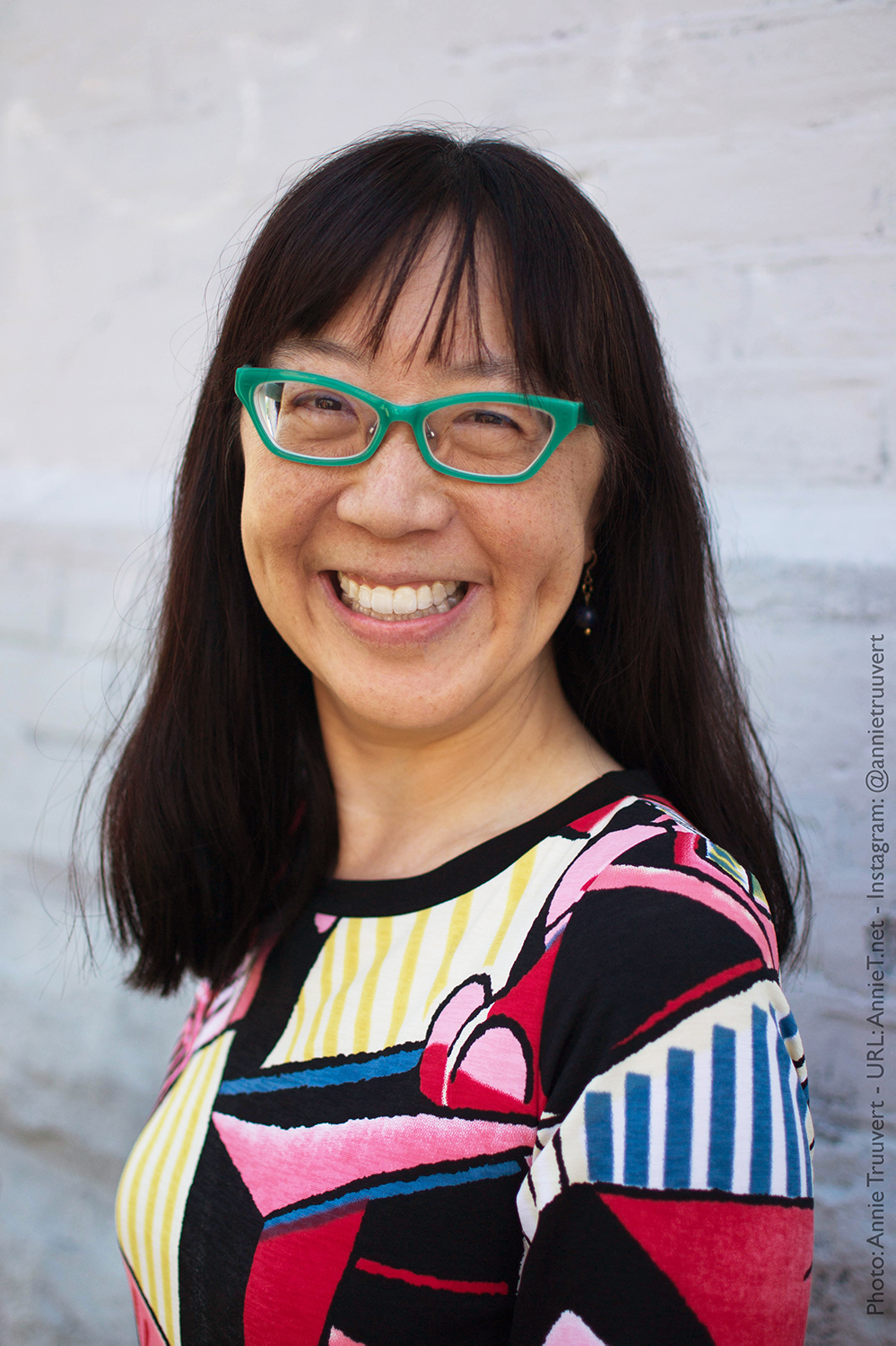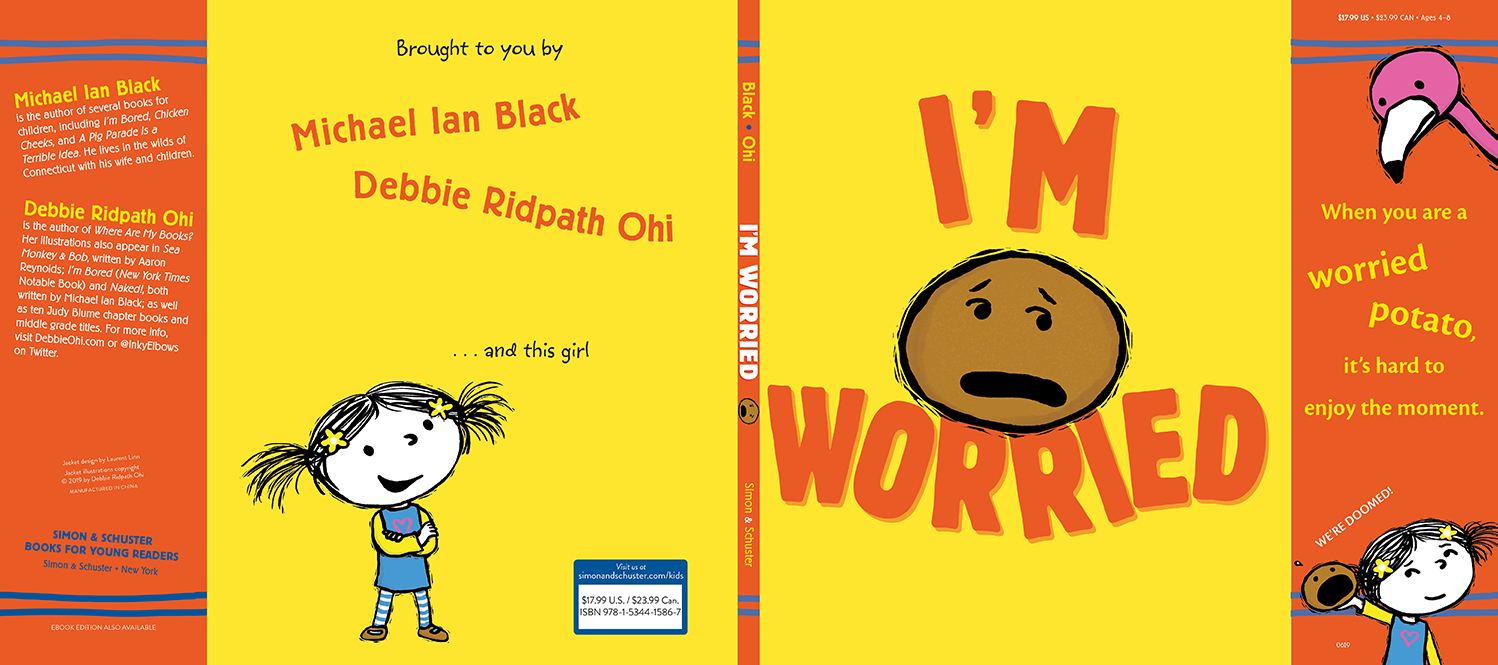Happy Thursday Critters! I’m so excited to have Cassandra Federman stop by today! Her debut book as an author/illustrator, THIS IS A SEA COW, just came out September 1st and IT IS ADORABLE! I can’t wait for you all to check it out!
So without further ado, please welcome…Cassandra Federman!
Where do you live?
I’m originally from Massachusetts, but I’ve lived in Los Angeles for the past 12 years.
When did you know you wanted to write/illustrate picture books?
About 5 years ago. I pitched an idea for a picture book to my husband (also a writer) and he encouraged me to go for it. He even got me a membership to SCBWI (Society for Children’s Book Writers and Illustrators) for our first anniversary. I think he might know me better than I know myself.
Tell us about your road to publication, what did that involve for you?
A lot of hard work! I hadn’t done any sketching since I was a teen, so I had a lot of catching up to do. I taught myself Photoshop, since that seemed to be the way the industry was heading. I went to as many SCBWI events, mingles, and conferences as I could. I started a critique group full of amazing individuals that I’d met at those events. I applied for every contest I could find through Twitter, kidlit blogs, and SCBWI. Finally, in 2017, I won two mentorship contests. The dummy I polished with the help of my mentors landed me my agent, Jenna Pocius. Jenna put two of my dummies out on submission and the second dummy sold in 48 hours!
Can you share a bit about your process?
Sure! The manuscript always comes first for me. I know that a lot of illustrators work the other way around, but I think I’m more of a writer who illustrates than an illustrator who writes. The manuscript goes through several rounds of notes with my critique group before I send it to my agent for her thoughts. After she’s signed off, I create the book dummy. The style of illustration I use really depends on the book. For instance, This Is a Sea Cow, was designed to look like a child’s school report, so I use a lot of photography and found objects. I also hand lettered it so that the writing would look like a child’s. Other dummies of mine include a graphic novel where I use ink and half tones, and an underwater story using watercolor and various other traditional media that I scan into photoshop. Once I complete the dummy, I send it back through my critique group, then to my agent for notes. Finally it goes out on submission and I start working on the next thing. (If I’m not working on something, then waiting on responses is excruciating!)
What do you do to shake the rust off or get new ideas?
I think I’m lucky to be an author-illustrator because I can switch back and forth between writing and sketching, which allows me to keep the creative juices flowing. A tool I’ve found very helpful is Google docs. Whenever I get an idea I just pop it into a google doc with some notes. That way I’ve always got a list (that I can access from a phone or an iPad or a computer) of ideas to go back to.
Anything you can’t live without while you write/draw?
A digital tablet of some kind: iPad or Wacom Cintiq.
Any authors and/or illustrators who inspire you?
Kate Beaton, Jon Klassen, Dan Santat, Sophie Blackall, Shannon Hale, Lucy Ruth Cummins, Mo Willems, Ame Dyckman, and the list goes on!
Dream project to work on?
Oof, I don’t know. I guess any project that changes childrens’ lives for the better. Whatever THAT project is, I want to do it.
Tell us about your debut book.
This Is a Sea Cow is a fourth-wall-breaking book designed to look like a second grader’s school report on sea cows. The subject of the report does not like her portrayal, so Sea Cow--or Manatee as she prefers to be called--comes to life to set the record straight.
What’s up next for you?
I’ve got some exciting stuff in the works that I hope to be able to talk about soon!
And last, but not least, favorite 80s movie?
The Princess Bride. I walked down the aisle to the theme song.
Huge thank you to Cassandra for stopping by Critter Lit today! Congrats on your debut! We are so excited to see what you do next!
CASSANDRA FEDERMAN is a writer and illustrator in Los Angeles, CA. She is originally from Massachusetts, but like manatees, she hates to be cold. She wanted to grow up to be a comic book artist and a marine biologist. She decided this book accomplishes both of those things. In college she studied abroad in Belize, where she rescued an orphaned manatee. She hopes this book will result in the rescue of many more.
FOR MORE INFORMATION about Cassandra Federman visit her online or follow her on social media:
Twitter/Instagram: @CassFederman
TO ORDER Cassandra’s book, ring up your local bookstore or click here.
BOOK GIVEAWAY!
Want a chance to win a copy of THIS IS A SEA COW?! Comment on this post or share it on Twitter. One lucky winner will be selected Thursday, September 12th! US addresses only please.











